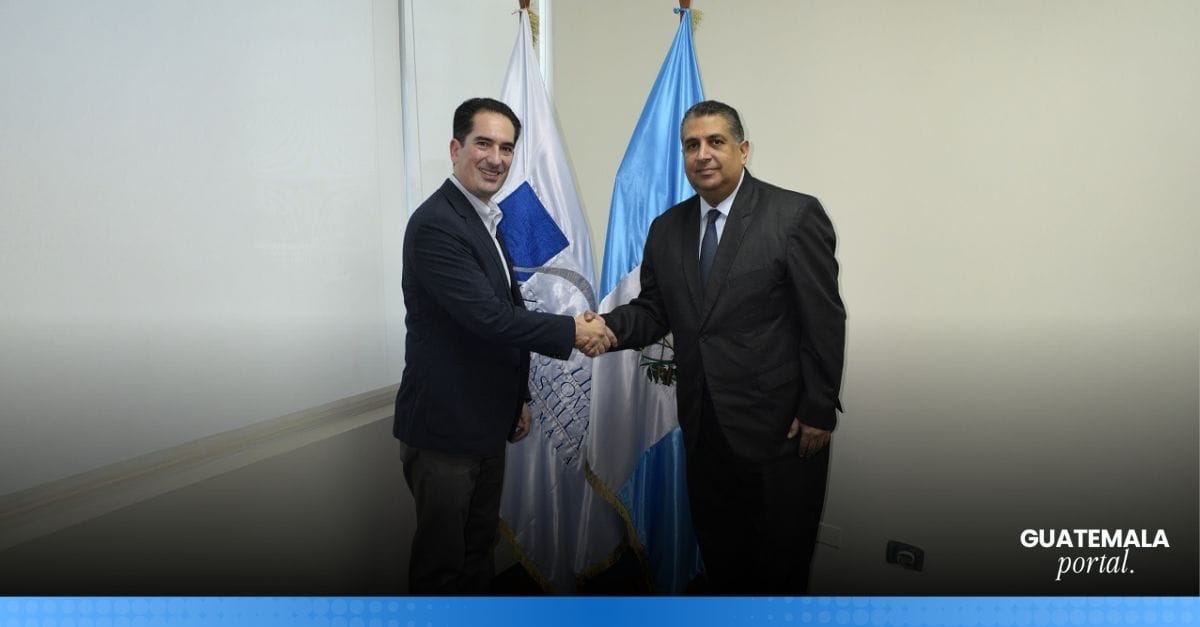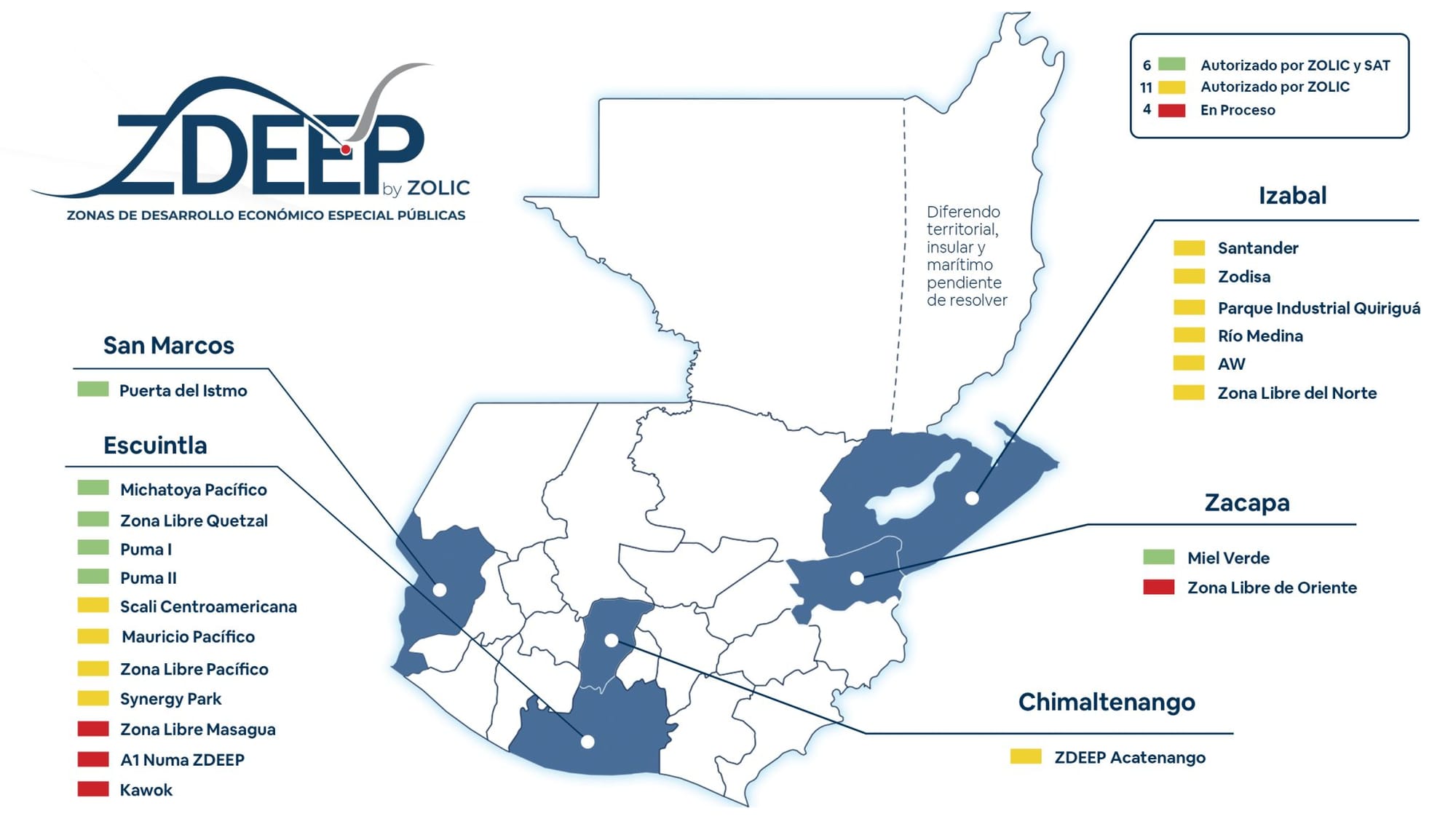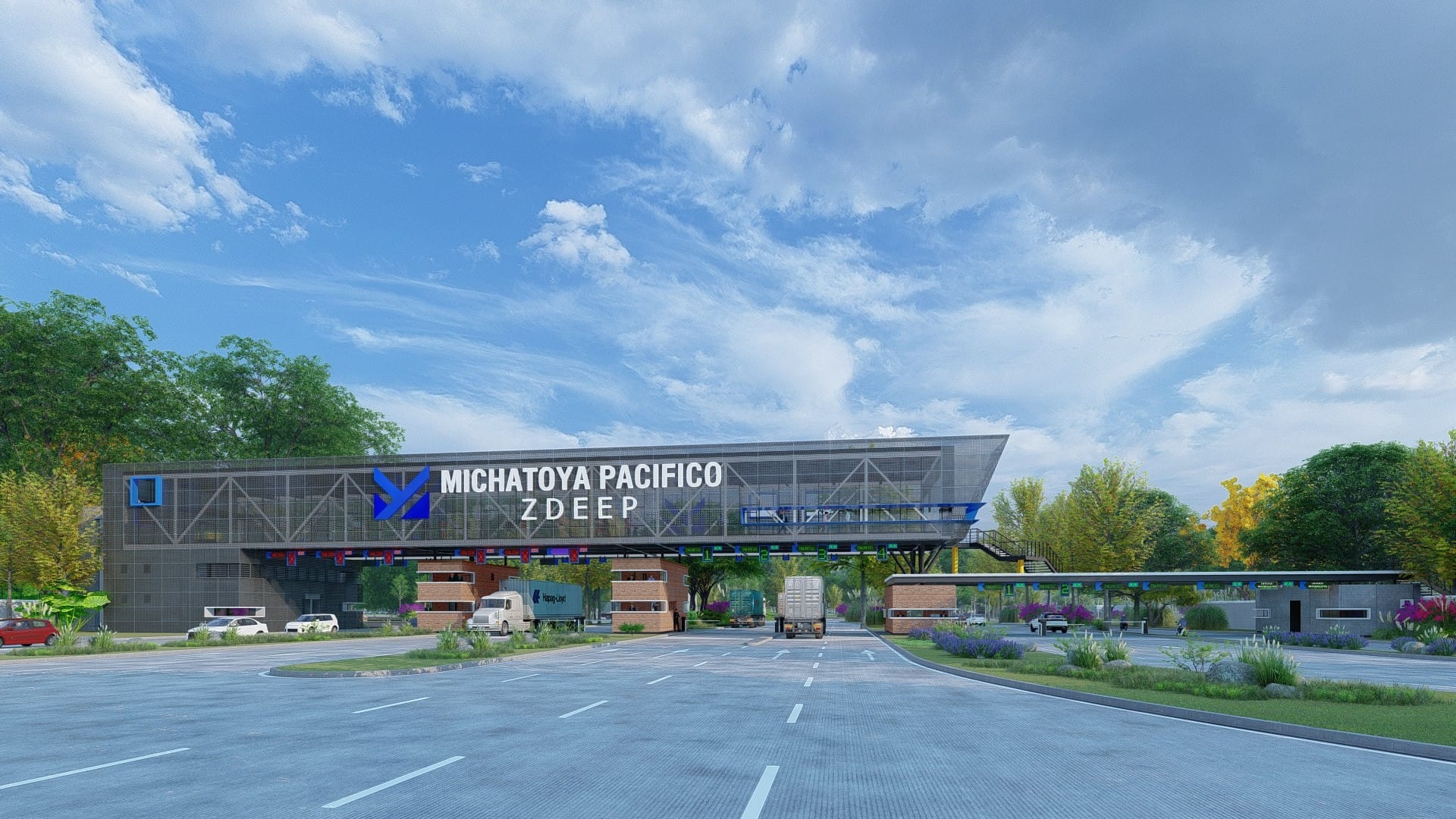ZDEEPs Position Guatemala as a Regional Trade Powerhouse
The Special Public Economic Development Zones (ZDEEP) have become a key tool to attract both domestic and foreign investment, foster the establishment of industrial, commercial, and service operations, and promote the country’s economic growth.

The Special Public Economic Development Zones (ZDEEP) have become a key tool to attract both domestic and foreign investment, foster the establishment of industrial, commercial, and service operations, and promote the country’s economic growth. These productive ecosystems offer tax benefits and a solid legal framework that provides legal certainty to companies choosing this regime.
A Regime That Evolves
Currently, Guatemala has 17 authorized ZDEEPs: six in operation, eleven pending approval from the Tax Administration Superintendency (SAT), and four under evaluation.
According to Cristian Mayorga, Chairman of the Board of the Santo Tomás de Castilla Free Zone (ZOLIC), “this regime represents the evolution of Free Zones, as it can be established anywhere in the country, not limited to border or coastal areas. It also operates under a public-private scheme with oversight and transparency, backed by ZOLIC’s more than 50 years of experience”.
Mayorga highlighted Guatemala’s strategic location, with access to both oceans and logistical corridors, along with a favorable demographic bonus, making the country an attractive destination for industries in transformation, assembly, distribution, and logistics.

Companies and Sectors Within the ZDEEP
Although this regime in its current form began in 2008 and national statistics are still being consolidated, sustained growth in exports is expected. Today, companies in sectors such as auto parts, agribusiness, logistics, light manufacturing, technology, and warehousing are operating within the ZDEEP.
Economic Impact and Key Examples
In the country’s southwest, Puerta del Istmo in Tecún Umán, San Marcos, has attracted more than US$60 million in investment since 2020, generating over 1,200 direct jobs and 2,000 indirect ones. Its proximity to Mexico and the "Tecún Umán II" customs facility facilitates trade, while its Transfer Center reduces border crossing times from three days to just 28 minutes, optimizing logistics and operational costs.
Fredy Palma, General Director of Puerta del Istmo, explained that this mechanism strengthens regional competitiveness and noted that the main challenges remain reducing red tape and expediting environmental and construction permits. Among its plans is the construction of a multimodal terminal connected to the Mexican railway network, which will expand trade with Mexico and the United States.

Another relevant example is Michatoya Pacífico, with over three million square meters under the ZDEEP regime. This industrial park combines world-class infrastructure, tailored services, and strategic partnerships, positioning itself as the largest in Central America.
According to Selvin Barahona, Marketing Manager at Michatoya Pacífico, ZDEEPs concentrate investment, employment, and innovation in the same territory, creating a multiplier effect on the national economy. He also highlighted their capacity to connect local markets with international ones, making them key development hubs for the region.
Medium- and Long-Term Vision
For Vivian Villegas, Executive Director of PRONACOM, ZDEEPs not only generate tax incentives but also concentrate strategic investments in productive ecosystems that integrate infrastructure, suppliers, and human talent.
“At PRONACOM, we work together with ProGuatemala to promote ZDEEPs as high-value destinations for company relocation, especially in sectors such as advanced manufacturing, logistics, technology, and export-oriented agribusiness,” she said.
In the medium term, the goal is to consolidate ZDEEPs as spaces for effective investment that strengthen exports and create formal jobs. In the long term, the vision is to turn them into territorial economic development hubs, boosting productive clusters, innovation, technology transfer, and Guatemala’s integration into regional and global value chains.





